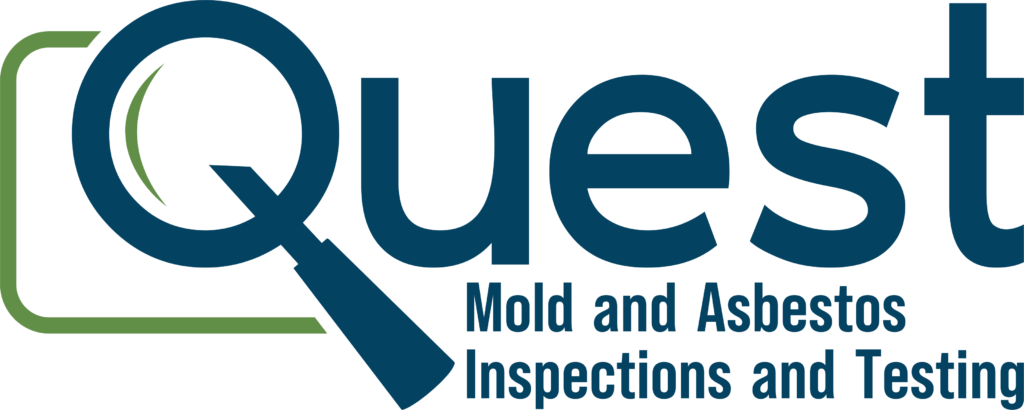Mold Myths Busted: Separating Fact from Fiction
Mold is a concern for both landlords and tenants who are often misled by myths about this type of fungus, which causes unnecessary stress and misinformation. In this article, we will discuss some of the most common mold myths by providing you with the facts you need to know to safeguard your home and health.
Myth 1: Mold Is Only a Problem in Damp Basements
While basements indeed have more mold growth due to poor ventilation and high humidity, molds can grow in environments. Any part of your home where there is moisture, including bathrooms, kitchens, and even behind the wall areas, can host mold. This would mean monitoring and addressing moisture levels throughout your entire home are particularly important.
Myth 2: You Can Completely Eliminate Mold
Spores of mold are everywhere, and it is impossible to rid a place completely of them. You can control and minimize mold growth by controlling the level of moisture and attending to leaks and water damage immediately. The objective is not elimination but to keep it within decent limits in order not to become a health hazard.
Myth 3: Home Remedies Can Cure Mold Problems
Myth: Simple home remedies like vinegar or bleach will rid your home of mold.
Reality: These cleaning products might be good enough for small, visible patches of mold, but most of the time, they do not penetrate far enough to kill mold at its root. Severe infestations require professional mold remediation to remove mold growth completely and prevent regrowth.
Myth 4: If You Can't See Mold, it is Not There
Mold often grows behind walls, under carpeting, and in heating/ventilation/air-conditioning systems. Just because you cannot see it does not mean it is not there. If you are finding musty odors, unexplained allergies, or water damage, then you have good reason to conduct a professional mold inspection.
Myth 5: All Mold Is Toxic
Not all molds are toxic; in fact, some are even beneficial. Some molds are used in the production of antibiotics. Toxic types of molds include Stachybotrys chartarum, commonly referred to as black mold, which produces toxins. The species of mold would need to be known to take a particular action if it is hazardous to health.
Myth 6: Mold Only Affects Older Homes
Mold can affect homes of any age. Newer homes may also have moisture issues from construction materials, poor ventilation, or poor drainage. Whatever the age of your home, regular maintenance, and monitoring for signs of mold growth are critical.
Myth 7: Mold Testing Is Always Necessary
It is not always necessary to test for mold. When there is visible mold, one should not test for it but remediate it. In cases when mold is not visible, testing will be helpful if one suspects it due to some manifestation, like unexplained health problems or water damage. The testing can help identify types and levels.
Conclusion
Understanding the facts about mold is important in having a healthy living environment. Dispelling these various common myths will help the homeowner take informed steps in mold prevention and eradicating growth of mold, if any. Remember, a professional would be the best avenue to take if one suspects a major mold problem in the home for complete remediation and peace of mind.
Be informed. Be proactive. Keep mold out of your home!

